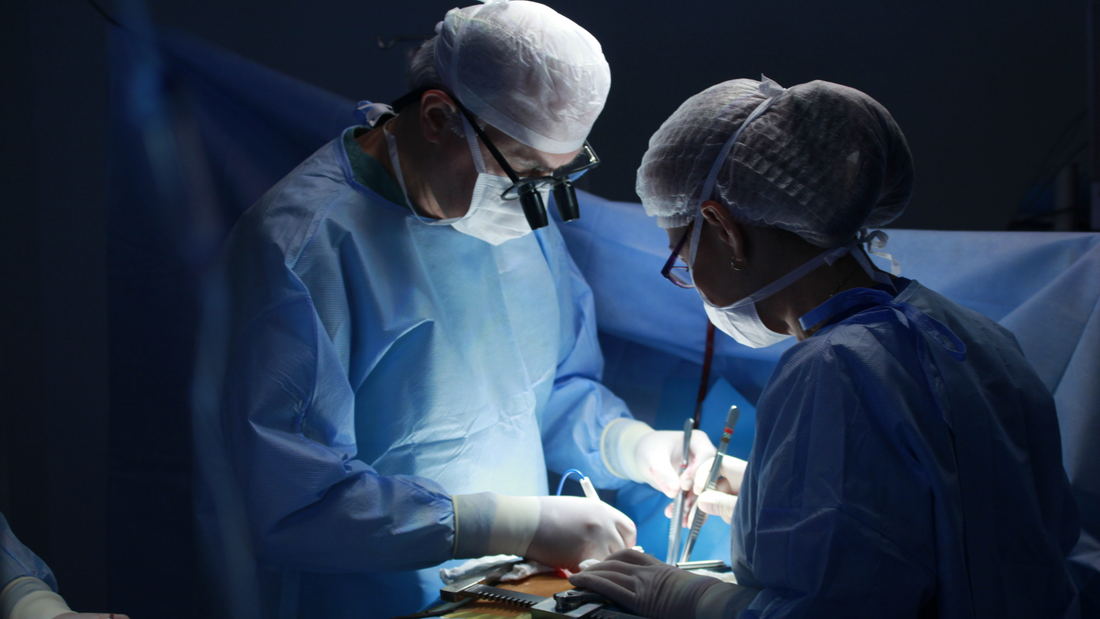
How Is Mohs Surgery Different from Regular Surgery?
Share
When it comes to treating skin cancer, not all surgeries are the same. Many patients are familiar with traditional excision surgery, where a doctor removes the tumor along with a margin of surrounding healthy tissue. However, Mohs surgery offers a more advanced and precise approach.
Developed by Dr. Frederic Mohs in the 1930s, this specialized technique has become the gold standard for treating certain types of skin cancer, particularly on the face and other cosmetically sensitive areas. But how does it differ from regular surgery?
1. Precision: Layer-by-Layer Removal
Traditional surgery involves removing the visible tumor along with a safety margin of surrounding tissue, which is then sent to a lab for analysis. In contrast, Mohs surgery is performed in stages, removing one thin layer at a time and examining it immediately under a microscope. This process continues until no cancer cells remain.
🔹 Why it matters: Mohs surgery ensures that only cancerous tissue is removed, sparing as much healthy skin as possible.
2. Higher Cure Rate
Mohs surgery boasts an exceptional cure rate—up to 99% for new cases and 95% for recurring cancers. Regular excision surgery, while effective, has a lower cure rate because the margins are estimated rather than examined in real-time.
🔹 Why it matters: Mohs surgery reduces the risk of cancer recurrence, making it the preferred choice for high-risk skin cancers.
3. Minimal Scarring & Tissue Preservation
Because Mohs removes only the necessary tissue, it results in smaller wounds and better cosmetic outcomes. Traditional excision, on the other hand, often requires taking a larger margin of healthy skin, leading to bigger scars and, in some cases, the need for reconstructive surgery.
🔹 Why it matters: Mohs is ideal for areas where preserving appearance and function is critical, such as the face, nose, lips, ears, and hands.
4. Immediate Pathology Examination
With standard surgery, patients must wait days or weeks for pathology results. Mohs surgery eliminates this waiting period because each layer is analyzed immediately during the procedure.
🔹 Why it matters: Patients leave knowing the cancer is completely removed, reducing anxiety and the need for additional surgeries.
5. Best for Certain Skin Cancers
Mohs surgery is primarily used for basal cell carcinoma (BCC) and squamous cell carcinoma (SCC), especially when:
- The cancer is on the face, hands, feet, or genitals
- The tumor has irregular borders
- The cancer has recurred after previous treatment
- The patient is immunocompromised
Regular surgery, while still effective, is often used for less complex cases or when a larger margin can be safely removed.
Is Mohs Surgery Right for You?
If you’ve been diagnosed with skin cancer, your dermatologist will recommend the best treatment based on the type, size, and location of the tumor. Mohs is often the best choice when preserving healthy tissue and achieving the highest cure rate are priorities.
At Dr. Altaaf Parker’s dermatology clinic, we specialize in advanced skin cancer treatments, including Mohs surgery. If you’re considering your treatment options, book a consultation today to discuss the best approach for your needs.
